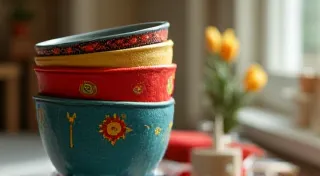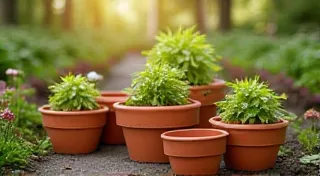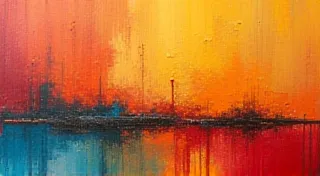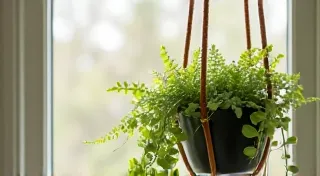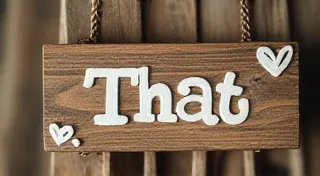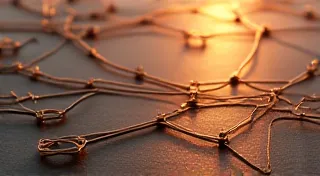Ephemeral Threads: Weaving Sentiment into Walls with Fiber Art
There’s a certain magic held within textiles. Beyond their practical purpose – warmth, comfort, protection – they carry the echoes of hands that crafted them, the stories whispered during their creation, and the feelings invested in their design. Think of a grandmother’s quilt, a well-worn shawl, or a hand-stitched sampler. They aren't just objects; they're tangible memories. And increasingly, that powerful connection is being embraced in contemporary home decor through the captivating art of fiber art.
We’re moving beyond the predictable macrame plant hanger and the generic wall tapestry. Fiber art is undergoing a renaissance, transforming our homes into immersive, emotionally resonant landscapes. It’s about more than just decorating a wall; it's about layering personality, weaving sentiment, and creating spaces that truly reflect who we are.
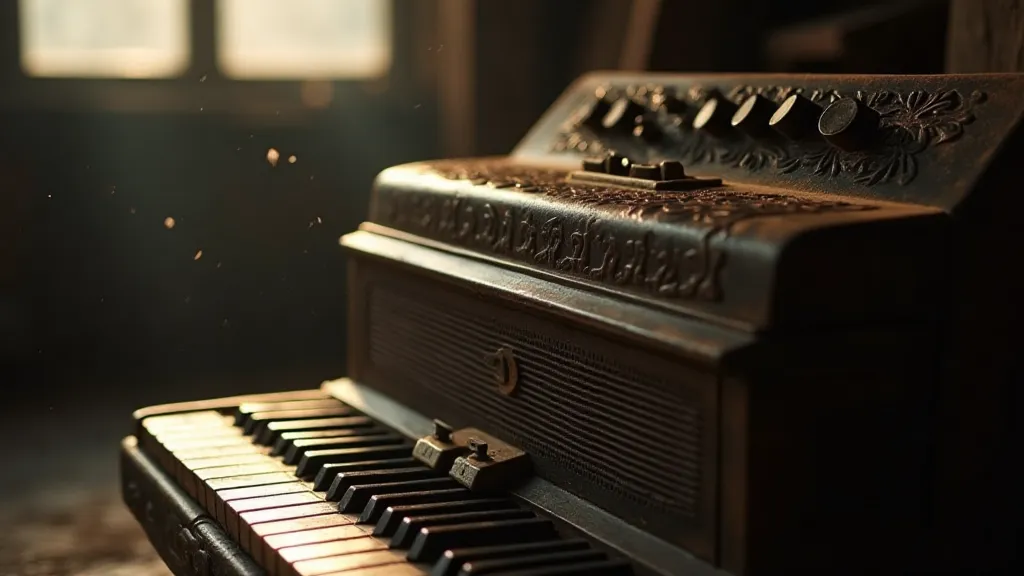
A History Woven in Threads
The practice of using textiles to adorn walls is ancient. Throughout history, nomadic cultures have employed woven rugs and tapestries for insulation, protection, and storytelling. Think of the intricate Persian carpets depicting historical battles, the Native American weavings imbued with spiritual meaning, or the vibrant kilims of Turkey. These weren’t mere decorations; they were vital components of cultural identity and daily life. In Europe, the medieval period saw the rise of magnificent tapestries, like those adorning the castles of France, commissioned to portray royal lineage and allegorical narratives.
The Victorian era brought a resurgence of domestic needlework, with women creating embroidered panels and samplers that served as both decorative elements and demonstrations of skill. Many of these pieces, now treasured antiques, whisper tales of quiet hours spent in thoughtful creation, a practice largely lost in our fast-paced modern world. The rise of industrialization and mass production began to diminish the prevalence of handmade textiles in the home, but that appreciation for the craftsmanship and unique character of hand-worked pieces has returned, stronger than ever.
Beyond the Basic Knot: Exploring Fiber Art Techniques
The modern fiber art movement embraces a wide range of techniques, often combining traditional methods with innovative approaches. Macrame, while commonly associated with the 1970s, is experiencing a vibrant comeback, evolving far beyond its initial iterations. Think of complex, multi-layered macrame hangings incorporating beads, feathers, and found objects.
Weaving, in its many forms – from traditional loom weaving to the more accessible technique of frame weaving – allows for incredible control over texture and color. Felting, a process of matting fibers together using warmth and moisture, can create three-dimensional sculptural wall pieces or add unique textural elements to woven designs. And then there's the exciting realm of textile collage, where fabric scraps, lace, ribbons, and even unconventional materials like dried leaves and found objects are layered and adhered to create richly textured compositions.
Consider the emotional impact of different textures. A rough, nubby wool evokes a sense of warmth and rustic charm, while a smooth, flowing silk conveys elegance and tranquility. The strategic use of color also plays a vital role. Deep blues and greens can create a calming atmosphere, while warm reds and oranges inject energy and excitement. The possibilities for creating truly personalized and meaningful pieces are endless.
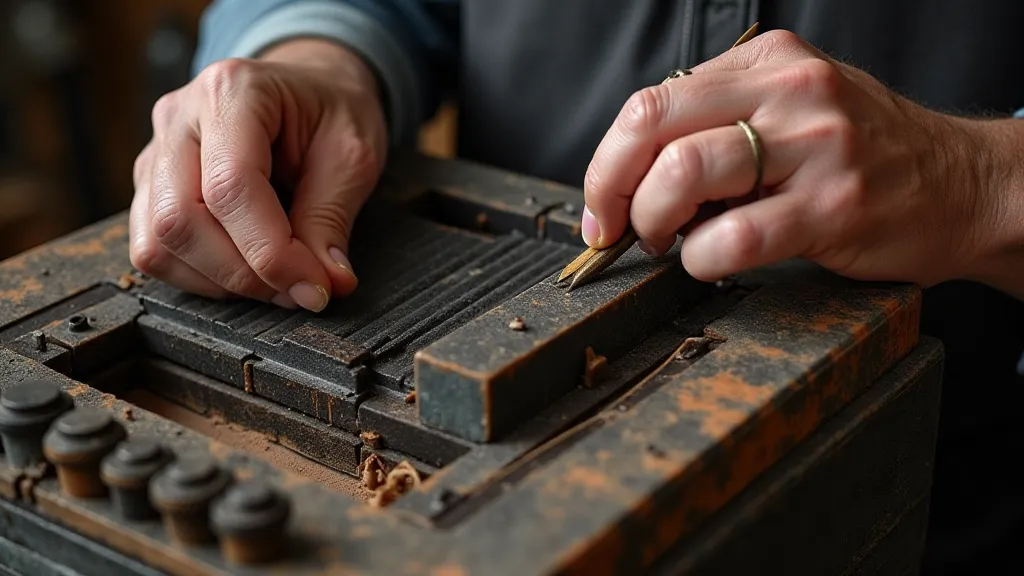
Finding Inspiration and Materials
Inspiration for fiber art can be found everywhere. Nature, with its abundance of colors, textures, and patterns, is a perennial source of ideas. Vintage textiles – old quilts, embroidered linens, even worn-out clothing – can be repurposed into unique and evocative wall hangings. Travel experiences, memories of loved ones, and personal stories can all be translated into tangible form through fiber art.
The materials themselves are part of the story. While yarn, fabric scraps, and beads are readily available, don’t be afraid to experiment with unconventional materials. Dried flowers, pressed leaves, driftwood, antique buttons, and even recycled materials can add depth, texture, and a touch of whimsy to your creations. Sourcing vintage fabrics and trims from flea markets and antique shops can add a layer of history and character to your pieces.
The Accordion’s Silent Story
There’s a particular resonance I find in antique accordions. These instruments, once vibrant sources of music and joy, often sit silent, gathering dust. They are physical embodiments of lost memories, of dances and celebrations past. To me, restoring one – carefully cleaning the bellows, replacing worn keys, bringing it back to a semblance of its former glory – is an act of reverence. It’s about honoring the craftsman who built it, the musicians who played it, and the stories it holds within its wooden frame.
And that same spirit of preservation and honoring the past can be applied to fiber art. Using vintage textiles, incorporating found objects, and embracing the imperfections of handmade pieces – these are all ways of connecting to the past and creating pieces that are imbued with a sense of history and meaning. A perfectly uniform, mass-produced piece lacks the soul of something crafted with care and intention.
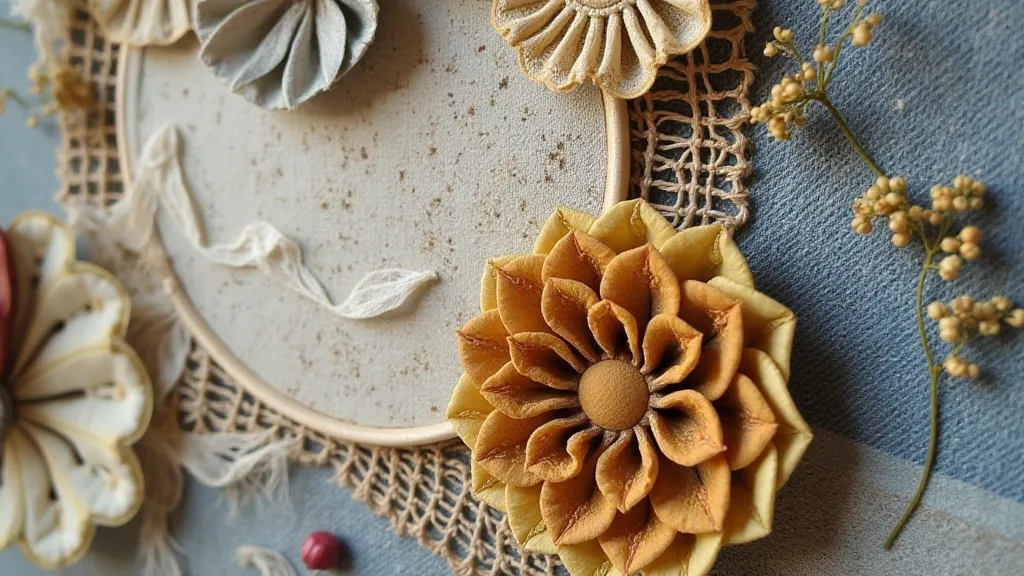
Weaving Your Personal Narrative
Ultimately, fiber art is about more than just creating beautiful objects. It’s about expressing yourself, connecting with your emotions, and creating spaces that truly reflect who you are. It’s about weaving the fabric of memory and feeling into your living space. Don’t be afraid to experiment, to embrace imperfections, and to tell your own unique story through texture, color, and form. The most compelling pieces are those that are imbued with personal meaning and crafted with heartfelt intention. Let your creativity flow, and discover the transformative power of ephemeral threads.
